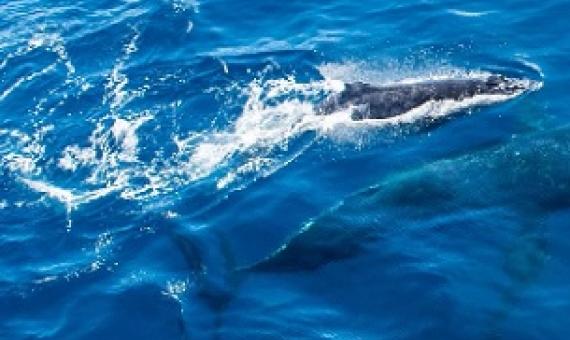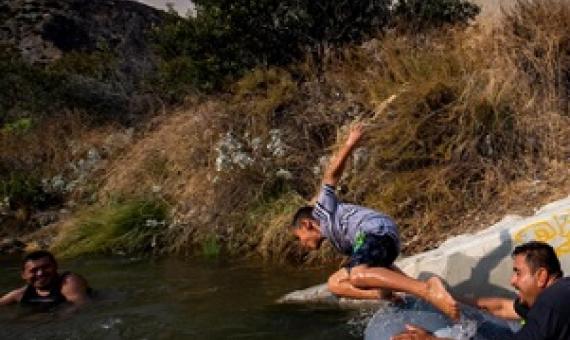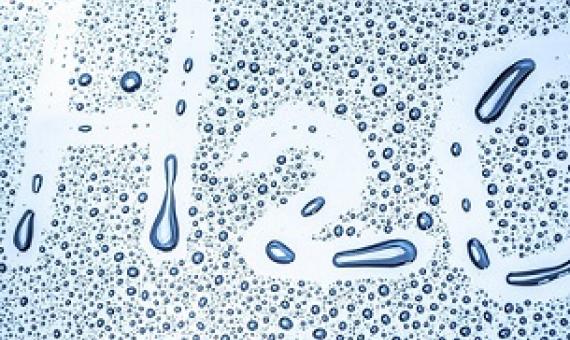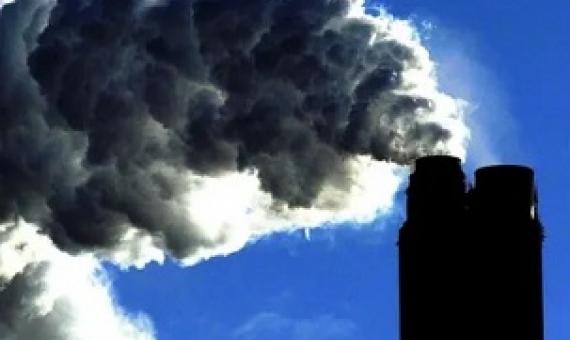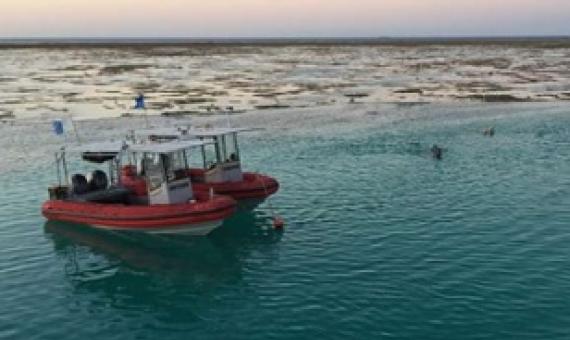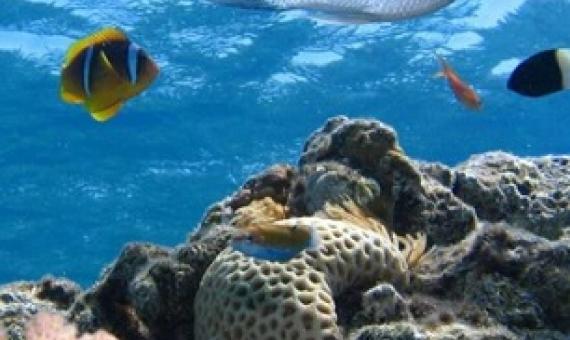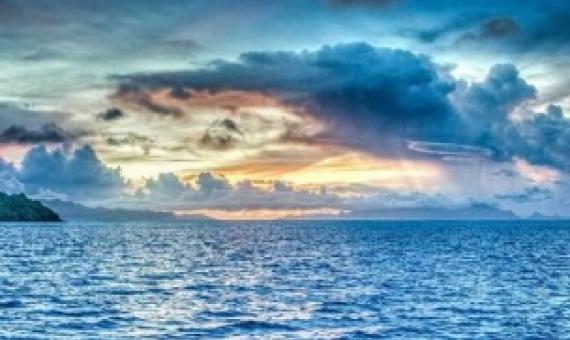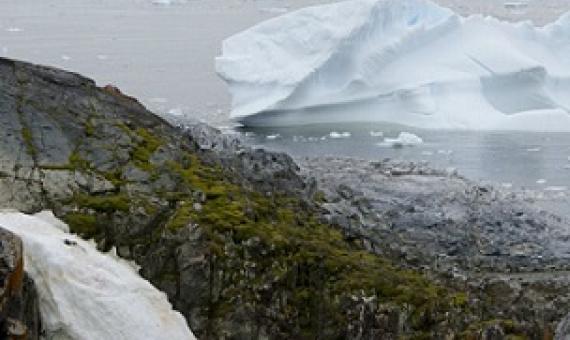In 2015, then-New Zealand Prime Minister John Key announced his commitment to protect the waters surrounding the Kermadec Islands by creating one of the world’s largest fully protected marine areas...For millennia, this ocean region has been pristine, but it could face threats in the future from
As a heat wave roasted the western United States this week, temperatures in California’s Death Valley soared to a blistering 130 degrees Fahrenheit, marking the hottest temperature measured anywhere on Earth since 1931 and the third hottest day ever recorded on our planet, period...Duri
Changes in the water cycle have important impacts on ecosystems and human activities. In the context of the current and expected temperature rise due to global warming, it is extremely important to understand the origin and extent of these changes.
The rate at which humanity is consuming the Earth’s resources declined sharply this year as a result of the Covid-19 pandemic, according to researchers.
A world-first study examining the scales of management of the Great Barrier Reef has the potential to help sustain other ecosystems across the world...The new study suggests the way people are managed when undertaking various activities within the marine park—like fishing, boating, and scien
Excessive nutrients, such as nitrogen and phosphorus, have devastating effects on coastal marine ecosystems by causing algal blooms that deplete oxygen in the water, killing marine life. Such nutrients can enter the sea in wastewater or run-off from agricultural land.
A new relationship between humanity and the ocean is required to secure the continuity of the diverse life support roles provided by the sea, according to a paper published in Nature Communications on 17 July 2020.
Our study, published today in Nature, seeks to change that. Using a new "ecological informatics" approach, we've drawn together every available recorded visit by humans to the continent, over its 200 year history.

